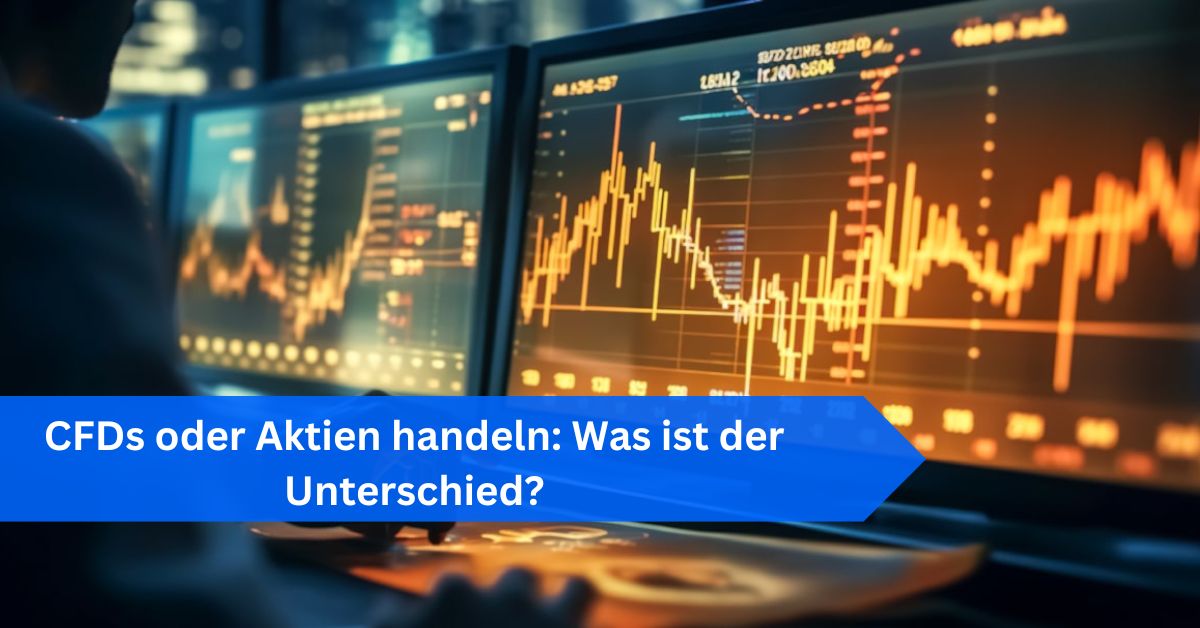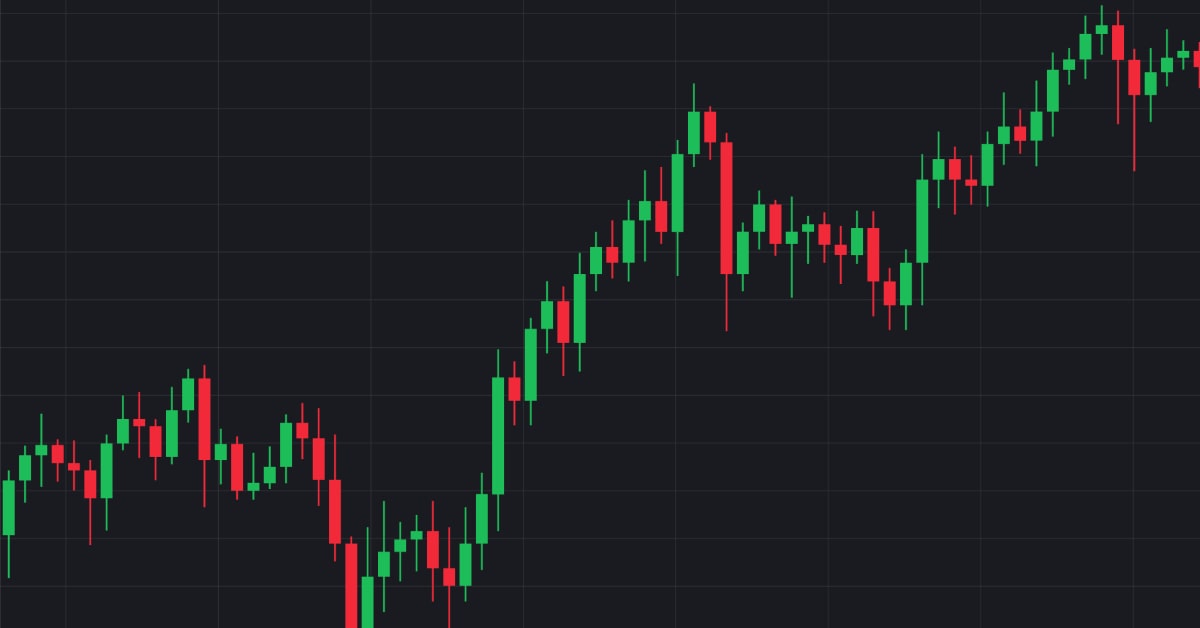CFD sind komplexe Instrumente und beinhalten wegen der Hebelwirkung ein hohes Risiko, schnell Geld zu verlieren.72.6% der Kleinanlegerkonten verlieren Geld beim CFD-Handel mit diesem Anbieter. Sie sollten überlegen, ob Sie verstehen, wie CFD funktionieren und ob Sie es sich leisten können, das hohe Risiko einzugehen, Ihr Geld zu verlieren.
Trading lernen
Bei Pepperstone sind wir bestrebt, unseren Kunden den bestmöglichen Service zu bieten und sie mit einer Reihe von Weiterbildungsressourcen, exklusiven Einblicken und fortschrittlichen Trading-Tools zu unterstützen.

Trading von A bis Z
Egal, ob Sie gerade erst mit dem Handel starten oder Ihr Wissen vertiefen möchten – hier gibt’s alles, was Sie brauchen! Von den Basics bis hin zu cleveren Profi-Strategien, die Sie auf Ihrem Weg begleiten.
Bereit, besser zu handeln?
Wechseln Sie jetzt zu Pepperstone und werden Sie Teil unserer globalen Gemeinschaft von über 620.000 Tradern. ³ Registrieren Sie sich in wenigen Minuten mit unserem einfachen Anmeldeprozess.
1
Registrieren
Melden Sie sich mit Ihrer E-Mail-Adresse an und erhalten Sie eine kostenlose Demoversion.
2
Beantworten Sie einige Fragen
Wir prüfen, ob unsere Produkte für Sie geeignet sind.
3
Verifizieren Sie Ihre Identität
Ihre Sicherheit hat für uns oberste Priorität.
4
Kontoeinzahlung
Das war's! Sie sind bereit zu handeln.










.png)

















.png)







